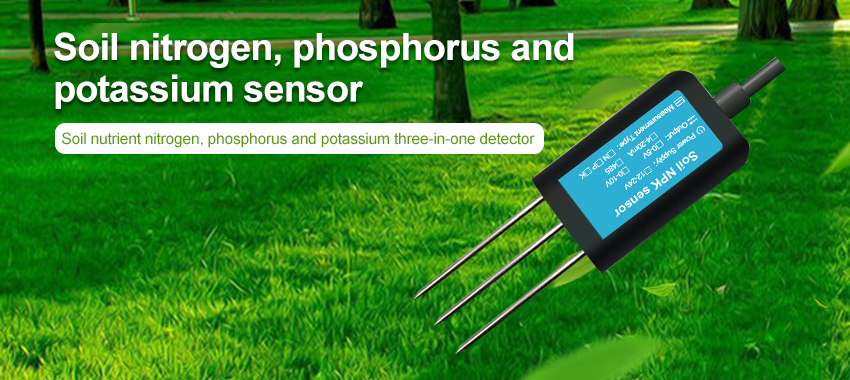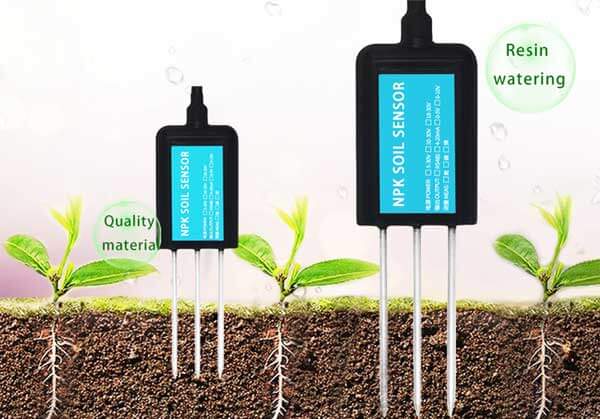Introduction
Soil conductivity is an important parameter that measures the ability of soil to conduct electric current. It provides useful information about the soil’s fertility, salinity, and moisture content, among other properties. Soil conductivity sensors are widely used in agriculture, environmental monitoring, and soil science research to assess soil conditions and make informed decisions. In this article, we will explore the characteristics of soil conductivity sensors and their significance in soil analysis.

Measurement Range
The measurement range of a soil conductivity sensor determines the minimum and maximum values it can accurately measure. Different sensors have different ranges, and it is important to choose a sensor that suits the specific needs of the application. For example, a sensor with a narrow measurement range may not be suitable for measuring soil conductivity in highly saline soils. On the other hand, a sensor with a wide measurement range may be more versatile but potentially less accurate in specific soil conditions.
Accuracy
Accuracy is a critical characteristic of soil conductivity sensors. It refers to how closely the measurements obtained by the sensor align with the true value. The accuracy of a sensor is influenced by various factors, including the quality of the sensor materials, the calibration process, and the environmental conditions. High-quality sensors are designed with precision and undergo rigorous calibration to ensure accurate measurements. The accuracy of a sensor is usually expressed as a percentage of the full-scale reading.
Response Time
The response time of a soil conductivity sensor is the time it takes for the sensor to react to changes in soil conductivity and provide a stable measurement. This characteristic is particularly important in dynamic environments where soil conductivity can rapidly change, such as in irrigation systems or during rainfall events. A faster response time allows for real-time monitoring and quick adjustments to optimize soil conditions. Additionally, a fast response time reduces the risk of missing critical changes in soil conductivity.
Durability
Soil conductivity sensors are often deployed in harsh outdoor environments, making durability a crucial characteristic. They should be built to withstand moisture, temperature fluctuations, mechanical stress, and exposure to chemicals found in soils. Sensors with robust construction, such as corrosion-resistant materials and protective housing, ensure long-term reliability and minimize maintenance requirements. Additionally, the sensor’s probe design should prevent clogging or damage from soil particles, roots, or other debris.
Sensor Design
The design of a soil conductivity sensor affects its usability and performance. Sensors can be designed in various forms, including handheld devices, probes, or fixed installations. Handheld devices are convenient for portable measurements and quick assessments. Probes are commonly inserted into the soil and can be connected to data loggers for continuous monitoring. Fixed installations allow long-term monitoring of specific areas. The sensor design should take into account the ease of use, compatibility with measurement systems, and the target application.
Sensitivity

Sensitivity refers to the ability of a soil conductivity sensor to detect subtle changes in soil conductivity. It is an important characteristic for applications where small variations in soil conditions need to be monitored, such as precision agriculture or greenhouse management. Highly sensitive sensors can detect even minor changes in soil conductivity and provide valuable insights into the soil’s behavior and nutrient availability.
Conclusion
Soil conductivity sensors play a vital role in assessing soil properties and optimizing agricultural practices. By understanding the characteristics of soil conductivity sensors, because users can choose the right sensor for their specific applications and obtain accurate and reliable measurements. The measurement range, accuracy, response time, durability, sensor design, and sensitivity are important considerations when selecting a soil conductivity sensor. With advancements in technology,